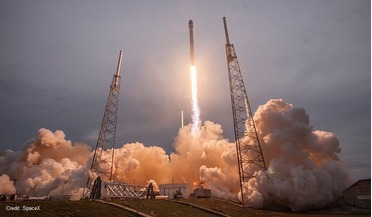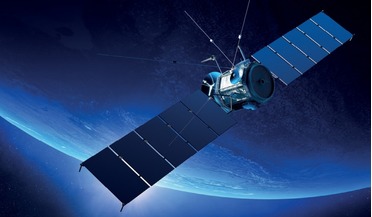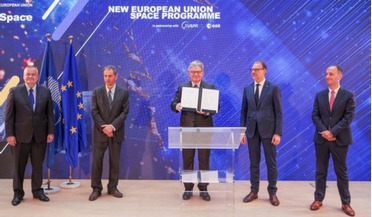 October 2025
Europe’s unified vision for space governance and growth
October 2025
Europe’s unified vision for space governance and growth
... milestones,” but urged regulators to apply the guiding principles of proportionality, competition and consistency. “Space safety, sustainability and resilience must be addressed by building on existing international standards,” she said. “We need...
 September 2023
A multifaceted approach to space sustainability
September 2023
A multifaceted approach to space sustainability
... has prompted several industry initiatives to discuss some common rules and standards for commercial space operations, for example. The Space Safety Coalition and the Consortium for the Execution of Rendezvous and Servicing Operations are two...
 22 April 2020
SpaceX seeks permission to lower the orbit of all its first-gen Starlink satellites
22 April 2020
SpaceX seeks permission to lower the orbit of all its first-gen Starlink satellites
...satellites altitude. “Because of the increased atmospheric drag at this lower altitude, this relocation will significantly enhance space safety by ensuring that any orbital debris will quickly re-enter and demise in the atmosphere. And because of its...
 October 2015
The Global Space Governance Study – A new regulatory framework for New Space?
October 2015
The Global Space Governance Study – A new regulatory framework for New Space?
... this study addresses. We are particularly seeking to consider new and innovative ideas concerning new space applications, space safety, and space security, as well as volunteers that will help us review and critique the 24 chapters in the omnibus...
 April 2017
Urgent action needed to keep satellites safe in orbit
April 2017
Urgent action needed to keep satellites safe in orbit
... that can be taken that do not entail the expenditure of vast resources. The space community should continue to enumerate, agree-upon and promulgate space safety of flight ‘rules of the road’ for GEO and other orbits. We must also...
 23 June 2021
ESA and EU embark on a new space programme
23 June 2021
ESA and EU embark on a new space programme
... in support to the new EU flagship on secure connectivity, In-Orbit demonstration/Validation service and space safety activities to monitor space hazards. The FFPA agreement includes additional components under ESA’s responsibility, such as the...